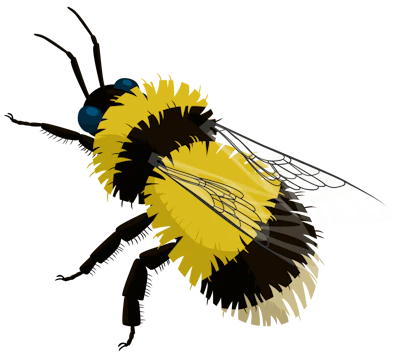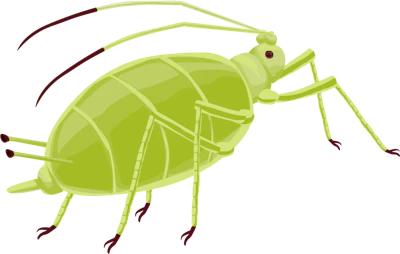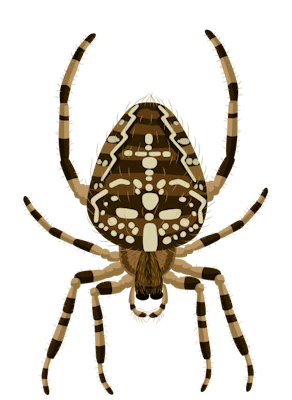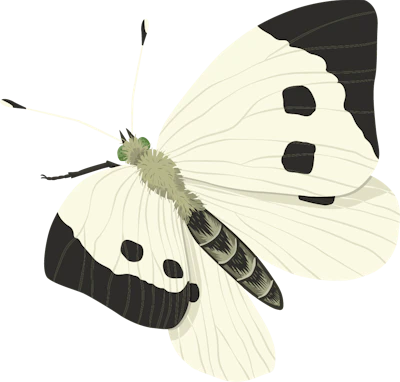Ladybird
Tiny but mighty garden heroes.
Who am I?
Ladybirds to the rescue (aphids, beware…)
The name ‘ladybird’ is a shortened version of the name coined for them in the medieval period: ‘Our Lady’s bird’. They started to be called this after farmers prayed to the Virgin Mary to save their crops from aphids, and ladybirds came to the rescue.
Both ladybirds and their larvae specialize in eating aphids, making them a tried and tested alternative to chemical pesticides. The striking red-with-black-spots coloring of our main species, the seven-spotted ladybird, is designed to warn potential predators not to eat them: when threatened, they release a toxic and stinking liquid from their knees!
Ladybirds also use scent to hunt, following the smell of signal or semiochemicals released by bacteria found in aphid guts and honeydew, and by plants in response to being eaten by aphids. It’s like the plants are also praying for help, and the ladybird hears and rescues them as they did those medieval farmers!

Miles Irving
Foraging Expert
2
Broods per year
Up to 2000
Aphids eaten
2-18 mm
Size range
Find out more
I crawl across the plants of this wildflower wall, hunting aphids to keep the habitat healthy and thriving.
 Did You Know
Did You KnowDid you know
Click here to find out a fun fact about the Ladybird
More Species
Get to know more species local to the wall.



